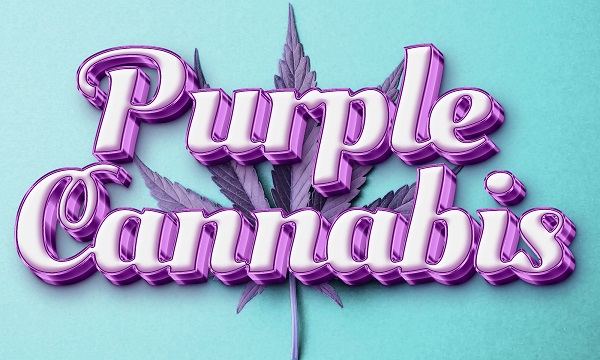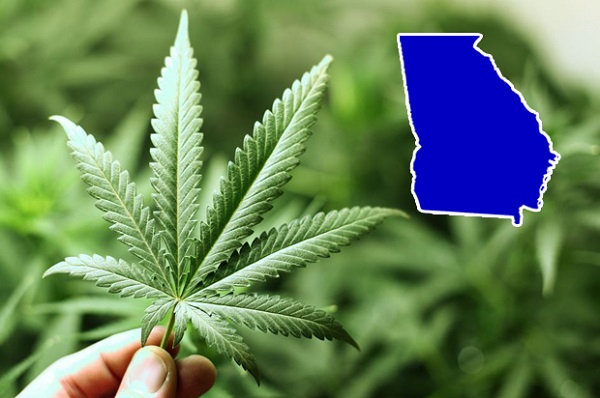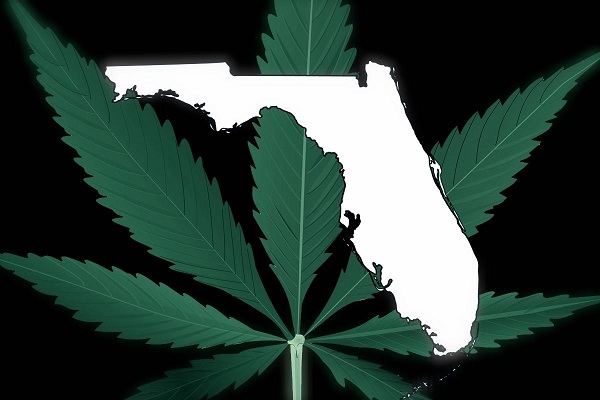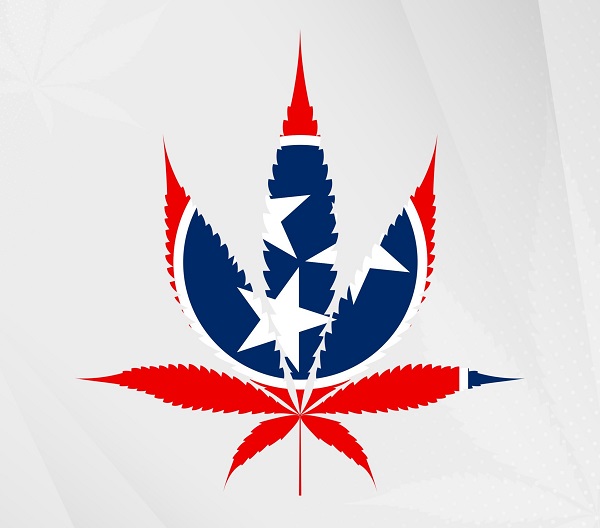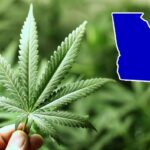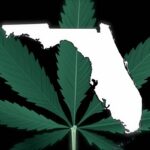For many years the only purple cannabis varieties were those grown outdoors and exposed to cold. Many cannabis varieties turn purple to some degree when exposed to cold; now breeding programs have given cannabis genetics a purple color even under normal environmental conditions.
What are anthocyanins?
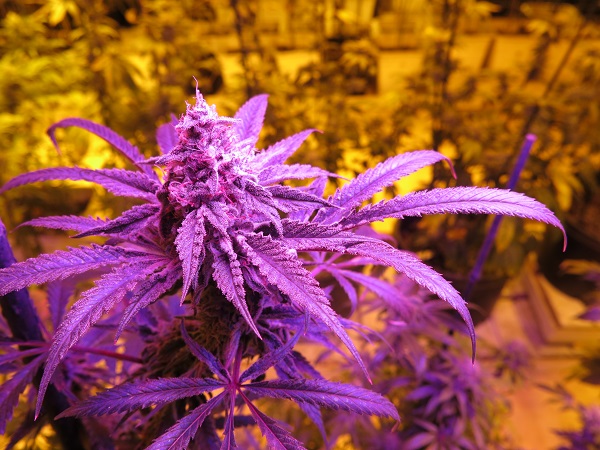
Anthocyanins are a group of about 400 molecules of water-soluble pigments that are classified as flavonoids due to their structure and biosynthesis. They appear red, purple or blue depending on their pH (at acidic pH levels they appear more red, in neutral conditions they appear purple, and in alkaline conditions they appear more blue).
Flavonoids tend to be yellow in color, hence their name, which comes from the Latin word flavus, meaning “yellow,” and does not indicate any connection to taste. In fact, flavonoids are usually very bitter and are usually associated with pigmentation.
Cannabis is what we think of as a tall plant (as in tall, no play on words here). All tall plants have a vascular system consisting of xylem and phloem, structures that distribute nutrients and water throughout the plant. These tall plants contain anthocyanins in all parts of the plant:
- Leaves
- Flowers
- Fruits
- Stems
- Roots
Depending on the genotype of the cannabis plant, these anthocyanins may be expressed during the second half of the flowering period, regardless of environmental conditions. They can also be expressed in cold conditions. But if the plant does not produce enough anthocyanins, it may not affect the appearance of the plant at all.
How do they affect the appearance of plants?
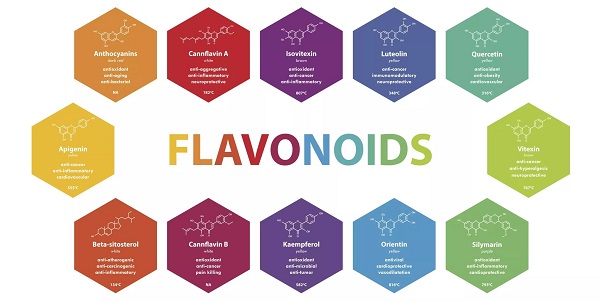
Anthocyanins are not produced throughout the plant’s life, and only in the last few weeks of flowering do they begin to change its appearance. The absence of chlorophyll in the latter stages allows the pigments to shine through even more clearly.
As the days shorten and darkness increases, plants dependent on the photoperiod are signaled to stop producing chlorophyll (which is necessary for photosynthesis and vegetative growth) so that energy can be focused exclusively on producing flowers and, eventually, fruit. As chlorophyll is broken down and dissipated from the plant’s structures and anthocyanins begin to accumulate, the plant takes on vibrant purple, blue and red hues.
Even cannabis plants with low anthocyanins often change color towards the end of the flowering cycle. Most growers are familiar with the golden, orange and ochre hues that appear in many cannabis varieties a few weeks before harvest, and although yellowing during the growing season or early flowering is usually indicative of disease or deficiency, in the latter stages of flowering, it is perfectly natural.
In this case, the pigments responsible are carotenoids, a group of about 600 molecules whose color varies from pale yellow to dark orange-red. Since carotenoids are produced throughout the plant life cycle, their appearance in the last stages of flowering is the result of a cessation of chlorophyll production rather than an increase in pigment production.
Can the cold affect the color?
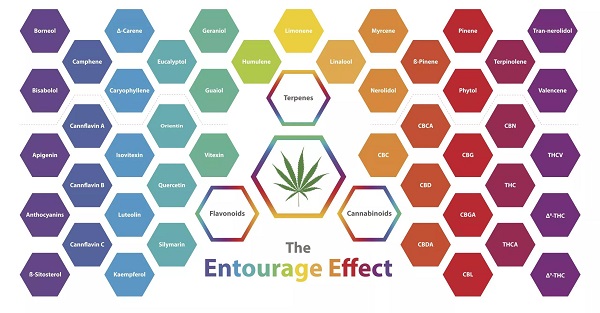
Some varieties of cannabis contain anthocyanins, but their appearance does not change unless they are exposed to prolonged low temperatures. The mechanism of this phenomenon is not entirely clear, but there is a clear link between cold and increased production of anthocyanins, as red oranges also need a cold period to fully develop their red coloration.
One study shows that a complex set of genetic circumstances lead to this phenomenon: a gene known as ruby, which is common to all citrus varieties but is not expressed in most, is expressed in red oranges because of a special region of DNA, the retrotransposon, which is a mobile genetic element that can be transcribed as part of several major genes.
Because of the ability of retrotransposons to insert themselves into important genes and thereby cause mutations and potential non-viability, plants have developed complex mechanisms to ensure that retrotransposons and similar genetic elements remain inactive. However, these mechanisms can be disrupted during stress, such as hypothermia.
The aforementioned study showed that in red oranges, activation of the retrotransposon triggers the expression of the otherwise inactive Ruby gene, and anthocyanin production begins.
Beautiful or useful?
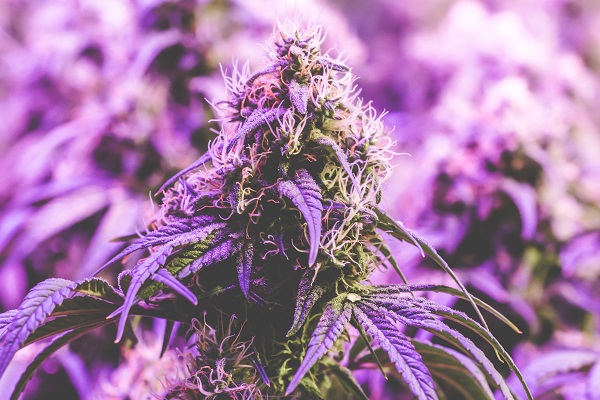
Anthocyanins are known to be powerful antioxidants and also have analgesic, anti-inflammatory and neuroprotective properties. Recent studies have shown that some anthocyanins have some selective affinity for cannabinoid receptors, with some types binding to CB1 receptors and others to CB2 receptors.
Although research is ongoing, it is too early to draw definitive conclusions about whether anthocyanins deserve the recent media headlines calling purple products “superfoods.” Previous studies have linked anthocyanins to a wide range of health benefits, including increased longevity, cardiovascular health, cancer prevention and dementia.
Consumption of red oranges has also been linked in various ways to improved cardiovascular health, and there are indications that they may help prevent obesity even in people on a high-fat diet.
Unraveling why cannabis and other plants produce many anthocyanins in cold or stressful conditions could have many potential benefits for medicine and research. In addition, if it is discovered that anthocyanins do have health benefits, purple cannabis could be far beyond its current status as merely aesthetically pleasing. It could easily become a serious candidate for further investigation.
What varieties of cannabis are purple?
There are many varieties of cannabis that are purple in color. Our own Purple Bud Feminized is one example. This strain is bred from some of the most famous gene pools, and its ancestors were directly linked to the famous Indica varieties of the Hindu Kush region, the Netherlands and the medical marijuana movement in California.
Other popular purple varieties include Purple Haze, Blackwater and Purple Skunk.
Although there are varieties specifically bred to be purple, it is important to keep in mind that the purpleness of the plant is a direct result not only of choosing the right variety, but also of how the plant is cared for. It is a matter of nature and nurture. The strains have “tendencies” (they tend to contain a lot of anthocyanins), but growing conditions can help bring out the brightest colors.
To increase the purple of cannabis plants, nighttime temperatures should be reduced during the flowering stage. The night temperature should be below 13°C (55°F). If the temperature is maintained properly, it should begin to turn purple a couple of weeks before harvest.

